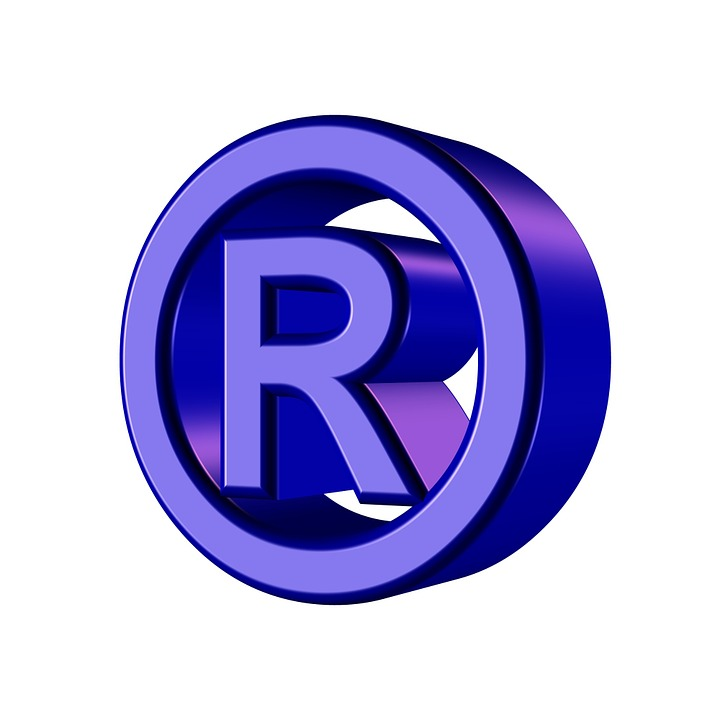When it comes to expanding your business, creating a unique brand image can be invaluable. Your brand name, its logo, and the tagline can be a part of this identity. Serious thought should go into protecting these assets. However, due to the multitude of businesses and registered technologies in the market, it is possible that someone else has the same company brand.
Recently a Canadian garbage business company U-Box won a trademark battle against a huge American company, U-Haul International. This David versus Goliath battle is just one of the many cases of trademark disputes. It is for the very purpose of avoiding similar Intellectual Property litigation that businesses choose to register their names as trademarks. The Trademark Act and Trademark Rules provide a foundation for trademark law in Canada. If you have been planning to register your brand name as a trademark, then here are a few things you should do before the registration process:
1) Ensure compliance with the Trademarks Act
Trademark law can be quite nuanced and may necessitate thorough research to ensure the validity of your trademark application. The Trademarks Act of Canada is the legislation responsible for registration and regulation of trademarks in the country. Consulting a registered trademark agent can help businesses understand the trademark provisions better and register for a trademark successfully.
2) Understand What Cannot be Registered
This is an extension of the previous point. To ensure a successful registration, it is important to ensure your entity is eligible for a trademark. Here is a list of things that that cannot be registered for a trademark:
- Names and surnames
- Clearly descriptive marks
- Deceptively misdescriptive marks
- Places of origin of goods and services
- Words in other languages that translate to the goods/services name in English
- Words or designs that can be confused with a registered trademark
- Words or designs that look similar to a prohibited mark.
3) Search the Canadian Trademarks Database
This can be an important step before applying for a trademark. A thorough search that looks for pre-existing trademarks that appear similar to your trademark can be used to determine the likelihood of success. The Canadian Trademarks Database is a good place to begin the search. This database has the list of all trademarked names, words slogans, numbers pictures and the combinations of all these. However, it is recommended that a registered trademark agent assist with the process to ensure a more comprehensive search for your application.
4) Look up Trade Names
It is essential to know the difference between trademarks and trade names before filing your application. A tradename represents the name of your business whereas a trademark is an exclusive IP right which can be applied to your trade name, logo, tagline or logo design. A tradename is the name under which you are “doing business as”. A tradename will never be cited against your application during examination, however the owner of a similar tradename can oppose registration of your trademark. Therefore, make sure you check for trade names which are similar to your idea as well because tradenames are often used as trademarks even when they are not registered as trademarks.
5) Consult a Registered Trademark Agent
Hiring a registered trademark agent makes the process of registration significantly easier. As a business owner, you already have a lot of responsibilities. A trademark agent is well versed with the trademark law and can help through the complex process of obtaining a trademark registration without disrupting your operations.
You can get in touch with one of our professionals at Prowse Chowne LLP to know more about getting your trademark.

